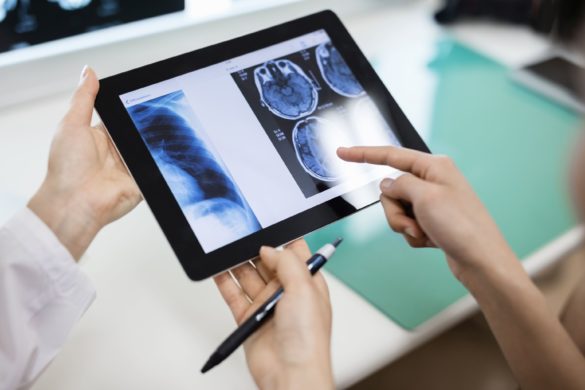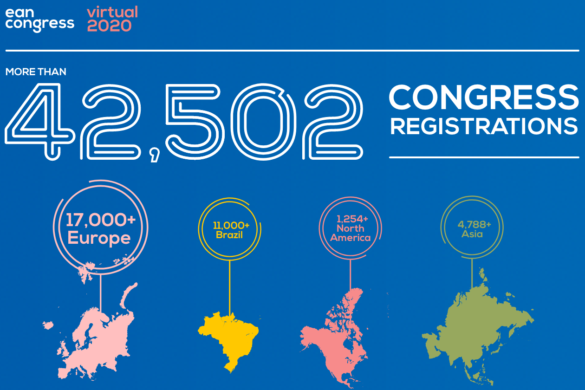Cross-sectional case-control studies (Blue)
In an effort to mitigate the spread of SARS-CoV-2, North Carolina (NC) closed its K–12 public schools to in-person instruction on 03/14/2020. On 07/15/2020, NC’s governor announced schools could open via remote learning or a “hybrid” model that combined in-person and remote instruction. In August 2020, 56 of 115 NC school districts joined the ABC Science Collaborative (ABCs) to implement public health measures to prevent SARS-CoV-2 transmission and share lessons learned. In this paper the authors describe secondary transmission of SARS-CoV-2 within participating NC school districts during the first 9 weeks of in-person instruction in the 2020–2021 academic school year. From 08/15/2020–10/23/2020, 11 of 56 school districts participating in ABCs were open for in-person instruction for all 9 weeks of the first quarter and agreed to track incidence and secondary transmission of SARS-CoV-2. Local health department staff adjudicated secondary transmission. Superintendents met weekly with ABCs faculty to share lessons learned and develop prevention methods. Over 9 weeks, 11 participating school districts had more than 90,000 students and staff attend school in-person; of these, there were 773 community-acquired SARS-CoV-2 infections documented by molecular testing. Through contact tracing, NC health department staff determined an additional 32 infections were acquired within schools. No instances of child-to-adult transmission of SARS-CoV-2 were reported within schools.
The authors concluded that in the first 9 weeks of in-person instruction in NC schools, they found extremely limited within-school secondary transmission of SARS-CoV-2, as determined by contact tracing.












